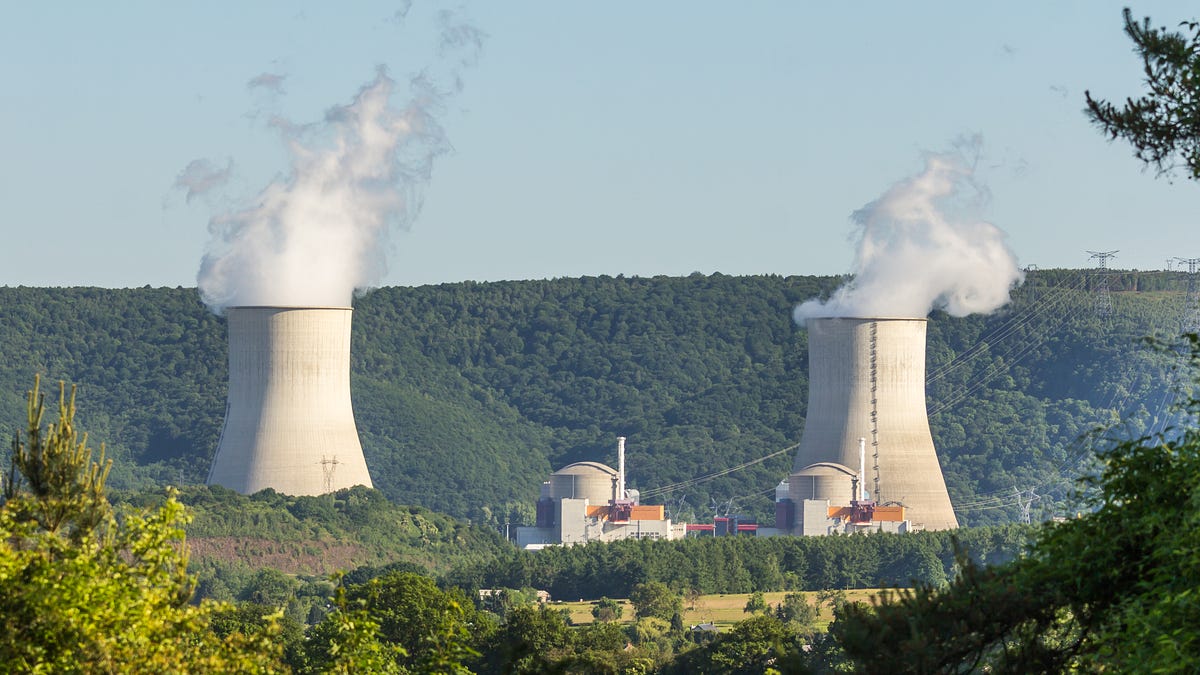3D Printed Homes Show Promising Future for Construction Industry
Construction company ICON’s recently built 3D home showcases just how advanced this technology is. – Credit to ICON/Casey Dunn
January 23, 2023
For years, the affordable housing crisis has impacted low-income families across the country. The sheer lack of materials and laborers has led to huge discrepancies in the number of families needing homes to those being built. Along with this, homes typically take over half of a year to construct, and with the urgency of getting these people affordable housing, the problem becomes prevalent; We need affordable homes fast.
In 2008, the housing market crashed, leading to the loss of jobs for millions of construction workers along with loads of companies filing for bankruptcy or ceasing activity. The costs to build new homes simply became too much for these businesses. This trend continued all the way to current times, and with nearly a decade of low development of new housing, the prices of homes skyrocketed at the beginning of COVID. Homes have continued to rise in price since then, although reasonably slower than the initial rate that occurred at the beginning of this crisis. Despite this, there still seems to be little to no answer for how we can effectively solve this problem.
However, this may not be the case indefinitely. With the recent introduction of 3D printing in construction in 2015 and the first gains in popularity in April of 2021, we have been shown that it’s possible to cut these issues in half. First of all, what exactly are 3D-printed houses? These homes are made through a special mixture of concrete and other materials that are able to be poured through an advanced computer-based system that “prints” out homes by stacking layer over layer of the mix into place. This cuts down building time from seven to eight months to just a month in total, with the foundations and walls being complete in just one to two days depending on the size. As well as benefiting the companies creating these houses, it also benefits the homeowners, as these houses last far longer than any traditional home, especially in the case of natural disasters such as tornadoes and hurricanes.
In addition to vastly reduced construction time, the overall cost of these homes is significantly lower. With only one-fifth of the work being done by actual workers, this method cuts labor costs significantly. Along with this, the use of 3D printed materials eliminates the need to maintain storage spaces as well as transport materials daily to the site. Finally, these homes produce far less waste as opposed to regular construction, with only a third of the waste being created compared to a traditional home. This makes a far more environmentally friendly construction process, which is especially important for the industry considering that roughly 25-40% of all global carbon emissions are due to construction.
“It’s going to be way beyond expectations from the standpoint that we’re looking at technologies that could immediately give us stormproof homes. We spend millions already on prefab tornado houses and it’s printed in less time.” says drafting teacher Scott Emme on the opportunities of 3D printed homes.
The benefits of 3D printing aren’t just numerical savings, however. Interestingly, the use of precise and automated printing machines allows for complex and intricate designs that allow architects to expand their horizons of home design. This use of these machines can give way to a broad new horizon for architects and can potentially lead to entirely new forms of expression through architectural design. To add to this, education in the field of drafting and architecture can open the door to new opportunities, making designs of buildings rendered previously impossible or incredibly expensive now fully achievable.
Despite the extensive benefits of this new practice, there always come limitations. To begin with, there is a very restrictive list of materials that can be used, with the only two major uses being concrete and plastics. Even with the ability to use certain materials often discarded into waste, there are still so many things that the machines simply cannot achieve. In addition, while the reduction of waste is a great benefit, the use of concrete becomes an opposing factor, as concrete production is a well-known component of pollution. Yet another limitation is the fact that practically any building higher than two to three stories tall just isn’t practical and most importantly less safe. The stability of these buildings becomes compromised by the typical structure of 3D printing, making its use very limited if used at all in the construction of high-rise towers.
“The values are huge in that you build quicker with possibly and probably a better quality structure. The drawbacks are in the limited design factors of what you have to do to make it look like what you want inside and outside. Another downside is that it’s concrete, and what I don’t think enough people understand is that concrete is one of our biggest issues when it comes to the carbon footprint. There is also so much that we simply don’t know yet about it, and that’s concerning because there won’t be any regulations until someone gets hurt, and when that happens, they’ll set the whole project on the back burner not to be utilized for what it can do.” says Emme on his future outlook for 3D printing.
Even with these limitations, we are met with an innovative and promising new form of building that can potentially lead the way in environmentally sustainable construction. There is such a vast amount that we must learn to fully utilize this field, and in order to achieve its full capabilities, we must be willing to take a walk into the dark. We can’t take advantage of the benefits this method gives us without first being willing to take a risk on investment.















